Imagine yourself trekking through a valley dominated by glacial giants like Langtang Lirung and Ganesh Himal, their snow-capped peaks piercing the azure sky. At their feet, a picturesque Buddhist monastery known as Kyanjin Gompa emerges from the embrace of glaciers, offering panoramic views that will leave you breathless. This is just the beginning of the Langtang Gosaikunda and Helambu Trek, an odyssey through the heart of Nepal that promises to dazzle your senses and touch your soul.
Further, along the trail, a cluster of 108 high-altitude lakes awaits. These are Gosaikund, considered sacred by Hindus and Buddhists for centuries. Witness pilgrims bathe in the icy waters and participate in vibrant pujas during the full moon festival, their chants and gongs echoing through the mountains. For a truly spiritual experience, hike to Surya Kunda, the highest lake at 4212 meters, and feel the energy of the Himalayas coursing through your veins.
But the magic extends beyond glacial grandeur and spiritual serenity. Step into the charming villages of the Helambu region, where Tamang and Sherpa communities welcome you with warm smiles and colorful prayer flags dancing in the wind. Immerse yourself in their rich traditions, from yak herding rituals to hand-woven tapestries adorning their homes. Share a cup of yak butter tea with a local family and hear their stories, weaving yourself into the tapestry of Himalayan life.
The Langtang National Park is a treasure trove of biodiversity. Keep your eyes peeled for the elusive red panda, Nepal’s national animal, as you trek through rhododendron forests and alpine meadows. Spot musk deer, Himalayan tahrs, and colorful pheasants through the undergrowth, adding a touch of magic to your journey.
This is not just a trek; it’s an escape from the ordinary. Leave the crowds behind and experience the raw beauty of the Himalayas on this less-frequented path. Enjoy serene trails, untouched landscapes, and authentic encounters with local communities. Challenge yourself with optional hikes to viewpoints like Kyanjin Ri for breathtaking 360-degree panoramas, or test your endurance with the high-altitude Laurebina La pass.
Remember, preparation is key. Acclimatize properly to the high altitude, respect local customs, and pack sturdy gear for diverse weather conditions. With a little planning and an adventurous spirit, the Langtang Gosaikunda and Helambu Trek will become an unforgettable chapter in your story, etched onto your soul with tales of glacial giants, divine waters, and the echoes of gongs ringing amidst the mountains.
So, put on your boots, strap on your backpack, and let the Himalayas weave their magic upon you. This is a journey you won’t want to miss.
Langtang Gosaikunda and Helambu Trekking Highlights
1. Get opportunities to explore towering peaks like Langtang Lirung and Ganesh Himal dominate valleys, with Kyanjin Gompa offering epic panorama.
2. Hike to 108 sacred Gosaikunda lakes, where pilgrims bathe and vibrant pujas fill the air.
3. Immerse in Tamang and Sherpa culture, exploring their beautiful villages adorned with prayer flags.
4. Spot Nepal’s iconic red panda, musk deer, tahrs & colorful pheasants in Langtang National Park.
5. Escape the crowds on this less-frequented trek & revel in serene trails & untouched landscapes.
Best time for Langtang Gosaikunda and Helambu Trek
The best time to trek the Langtang Gosaikunda and Helambu is during the spring and autumn seasons in Nepal. These periods offer the most favorable weather conditions, clear skies, and optimal temperatures for trekking.
Spring Season (March to May)
Spring is one of the most popular times to trek in the Langtang Region, which includes the Langtang Gosaikunda and Helambu Trek. During this season:
- Weather Conditions: The weather is generally mild and pleasant, with daytime temperatures ranging from 5°C to 15°C at lower elevations, while higher elevations are cooler.
- Clear Views: The skies are typically clear, providing stunning views of the surrounding mountains, including Langtang Lirung, Dorje Lakpa, Ganga Chhenpo, Naya Kangri, Ganesh Himal, Manaslu, Himalchuli, Jugal Himal, Gaurishankar and Panch Pokhari.
- Flora: The rhododendron and pine forests are in full bloom, creating a vibrant landscape with colorful flowers and lush greenery.
- Crowds: Though this is a popular trekking season, the Langtang Gosaikunda and Helambu Trek trails remain less crowded than other treks in the Langtang Region.
Autumn Season (September to November)
Autumn is another ideal time to trek the Langtang Gosaikunda and Helambu this season:
- Weather Conditions: The weather is stable with clear skies, low humidity, and pleasant temperatures, similar to spring. Daytime temperatures range from 5°C to 20°C at lower elevations, while it is cooler at higher altitudes.
- Clear Views: Autumn is known for its crisp air, providing excellent visibility of the surrounding peaks and landscapes.
- Festivals: This season aligns with major Nepali festivals like Dashain and Tihar, offering cultural insights and opportunities to experience local traditions.
- Crowds: Though autumn is the peak trekking season in Nepal, the Langtang Gosaikunda and Helambu Valley Trek trails are less crowded compared to other treks.
Off-Season Considerations
While spring and autumn are the best time for the Langtang Gosaikunda and Helambu Trek, some trekkers prefer off-season trekking for a unique experience. However, these periods come with challenges:
- Winter Season (December to February): Trekking in winter offers solitude and stunning snowy landscapes, but temperatures can drop significantly, especially at higher elevations. Trails might be icy, and some teahouses could be closed.
- Monsoon Season (June to August): The monsoon brings heavy rain, making trails slippery and increasing the risk of landslides and leeches. The clouds and rain can also obstruct mountain views.
Overall, spring and autumn offer the best combination of weather, views, and cultural experiences, making them the ideal times to trek the Langtang Gosaikunda and Helamb. If you’re planning a trip during the off-season, be prepared for additional challenges and always check weather forecasts and trail conditions in advance.
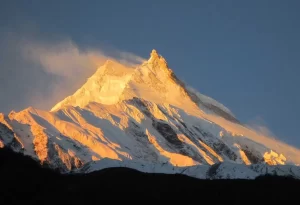 Trekking
Trekking
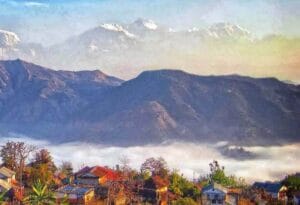 Trekking
Trekking
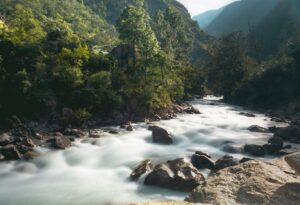 Trekking
Trekking
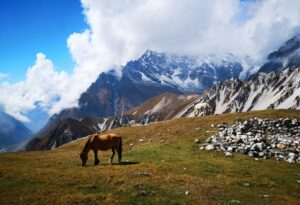 Trekking
Trekking
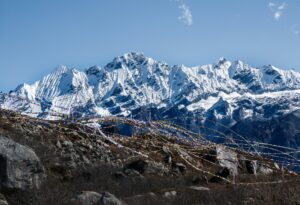 Trekking
Trekking
 Trekking
Trekking
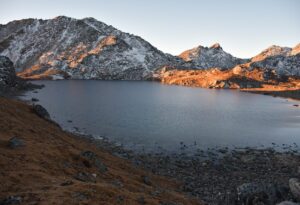 Trekking
Trekking
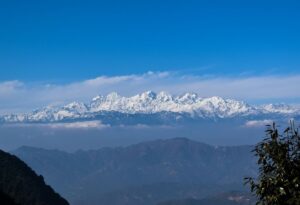 Trekking
Trekking
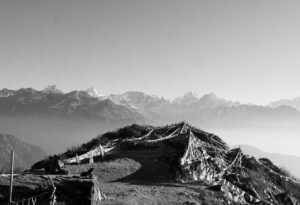 Trekking
Trekking
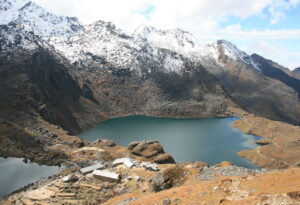 Trekking
Trekking
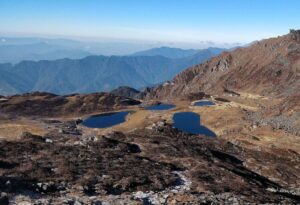 Trekking
Trekking
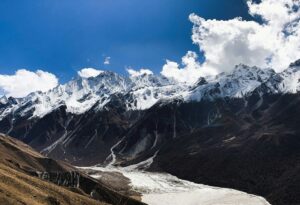 Trekking
Trekking
